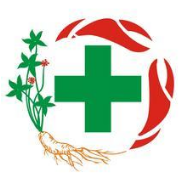冬至和圣诞节的接近,反映了东西方文化在节气与宗教信仰上的交融。冬至作为一年中白天最短、夜晚最长的时刻,象征着阴阳的转换与自然界的更新。而圣诞节选择这一时机,正是基督教表达“光明降临”的象征——耶稣基督的诞生被视为“真光”照耀世界。西方传统的圣诞节和东方的冬至节气,虽然文化背景不同,却都蕴含着自然界重生与光明复苏的深刻寓意。在这两者的交汇点,体现了全球不同文化对生命、光明与复苏的共同渴望和庆祝,彰显了人类在面对自然变化时的共通情感与精神追求。
The proximity of the Winter Solstice and Christmas reflects the fusion of Eastern and Western cultures in terms of seasonal festivals and religious beliefs. The Solstice, marking the shortest day and the longest night of the year, symbolizes the transition of yin and yang and the renewal of nature. Christmas, this timing, is a symbol of "the coming of light" in Christianity — the birth of Jesus Christ is regarded as the "true light" shining upon the. Although the Western traditional Christmas and the Eastern Winter Solstice have different cultural backgrounds, they both contain profound meanings of nature’s rebirth and the revival of light At the intersection of these two festivals, it embodies the global cultures’ shared longing and celebration for life, light, and renewal, highlighting the common emotions and spiritual of humanity in the face of natural changes.
广东·深圳



110X110.png)
110x110.png)






请登录之后再进行评论